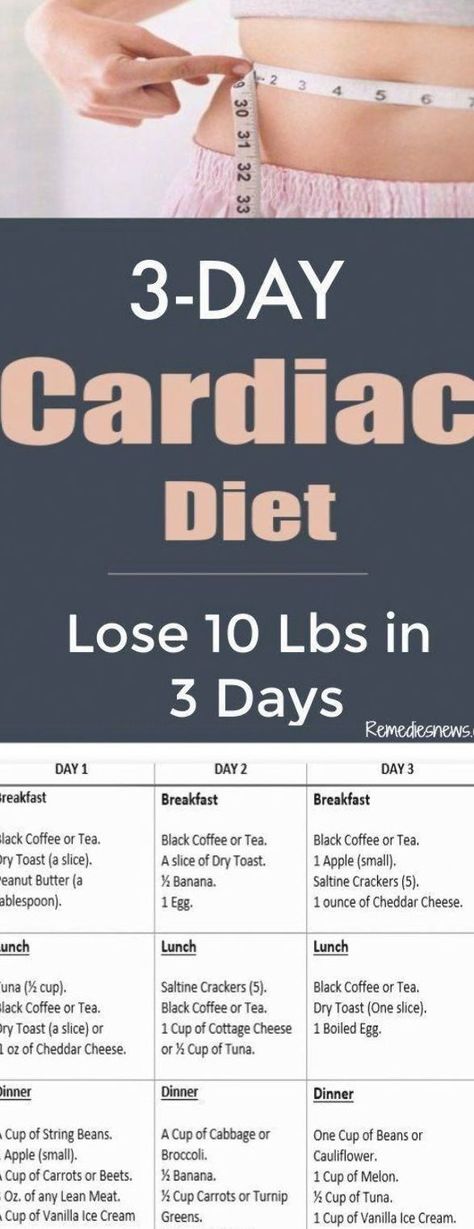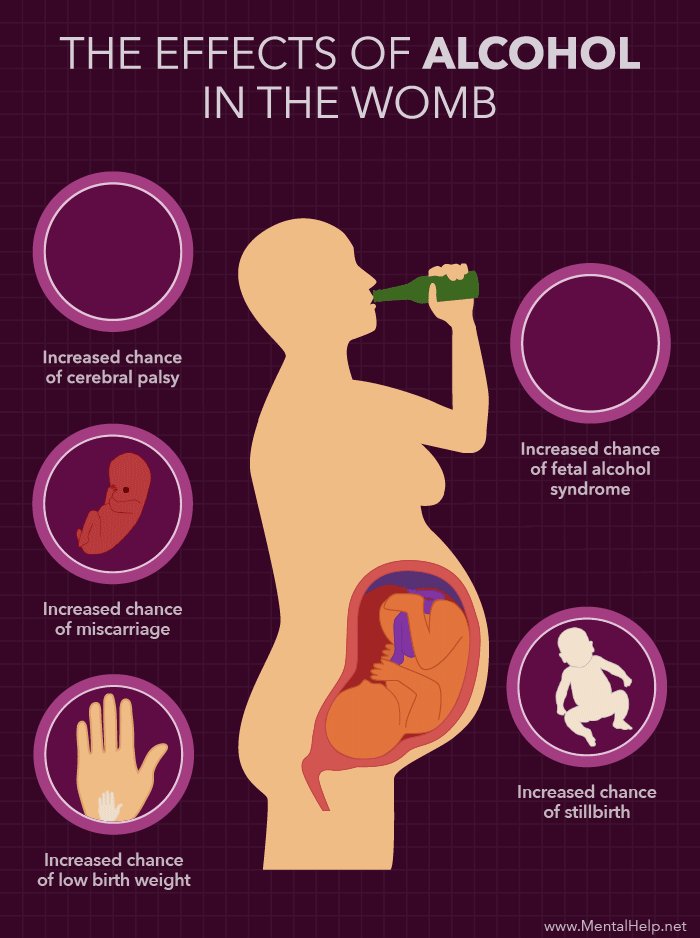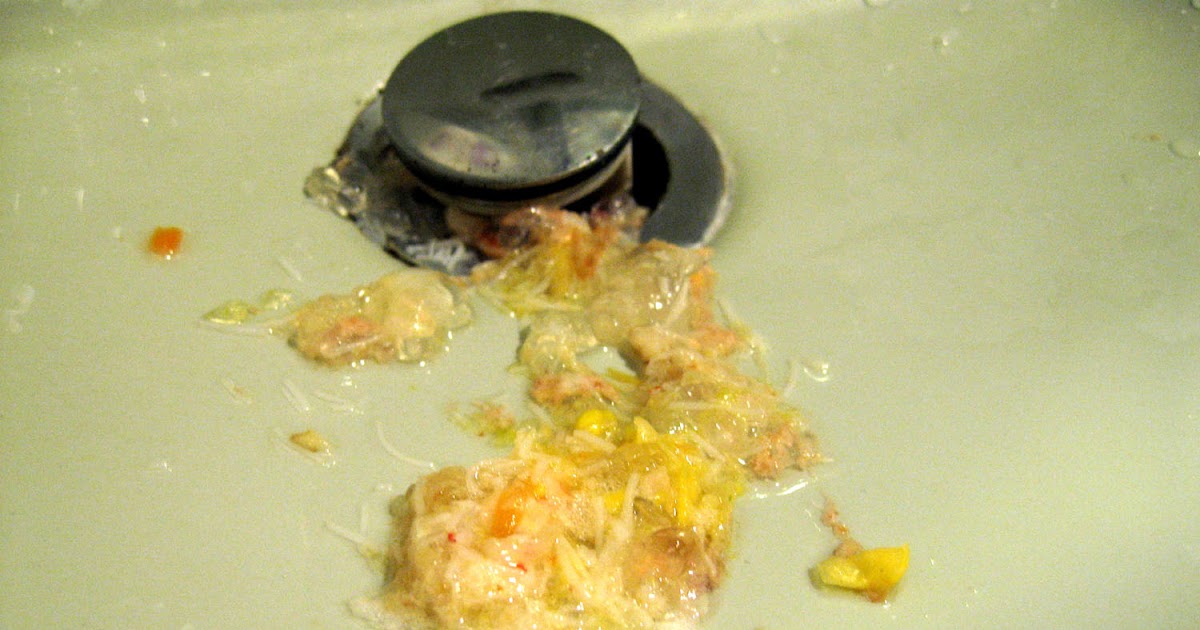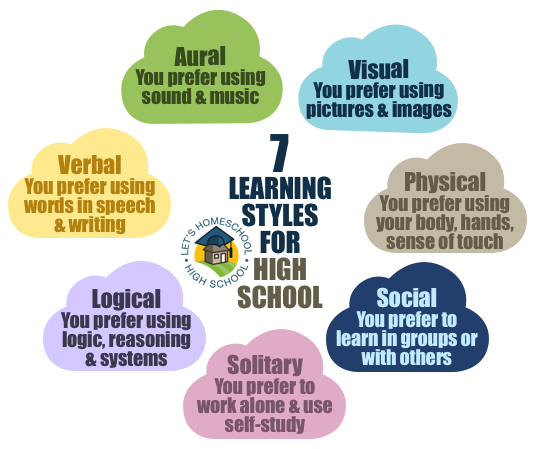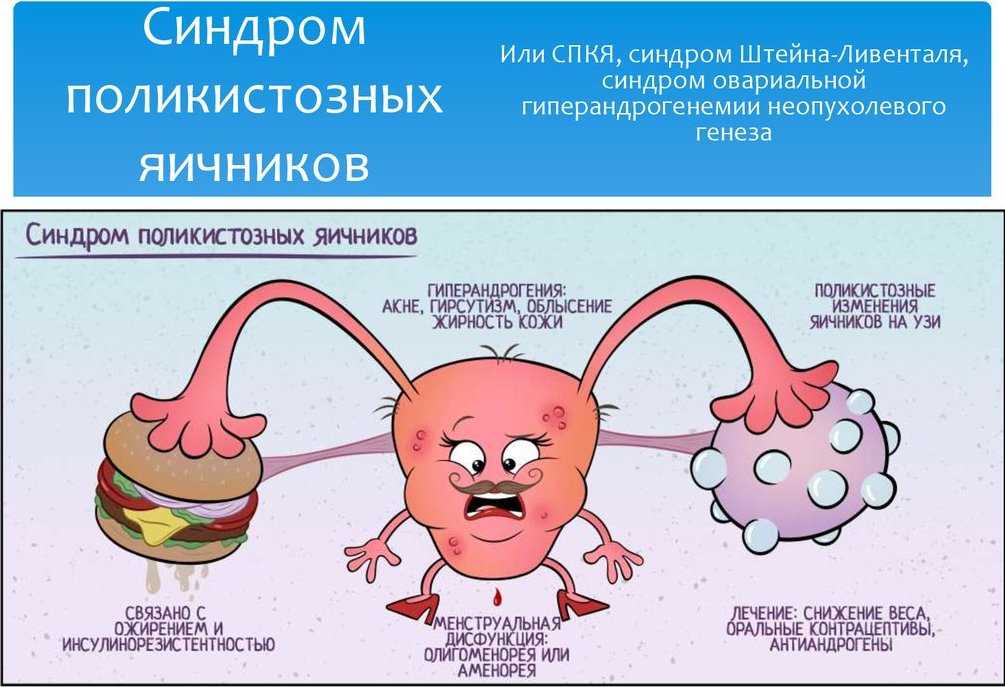How to make a child lose weight
What can I do if my child is overweight?
If your child is overweight, there's lots you can do to help them become a healthy weight as they grow.
As a parent, it can sometimes be difficult to tell if your child is overweight. A child may not look particularly heavy to be overweight.
And because more children are becoming overweight, we have become used to seeing bigger children.
Research shows children who achieve a healthy weight tend to be fitter, healthier, better able to learn, and more self-confident.
They're also less likely to have low self-esteem or be bullied. And they're much less likely to have health problems in later life.
As a parent, there's lots you can do to help your child become a healthier weight. Getting them to be more active and eat well is important.
Here's lots of practical advice to help you.
If your child has a medical condition, the advice in this article may not be relevant and you should check with a GP or hospital doctor first.
Steps for success
Here are 5 key ways you can help your child maintain a healthy weight:
- be a good role model
- encourage 60 minutes, and up to several hours, of physical activity each day
- keep to child-size portions
- serve healthy meals, drinks and snacks
- less screen time and more sleep
Be a good role model
One way to instil good habits in your child is for you to be a good role model. Children learn by example.
You can encourage your child to be active and eat well by doing so yourself.
Set a good example by going for a walk or bike ride instead of watching TV or surfing the internet.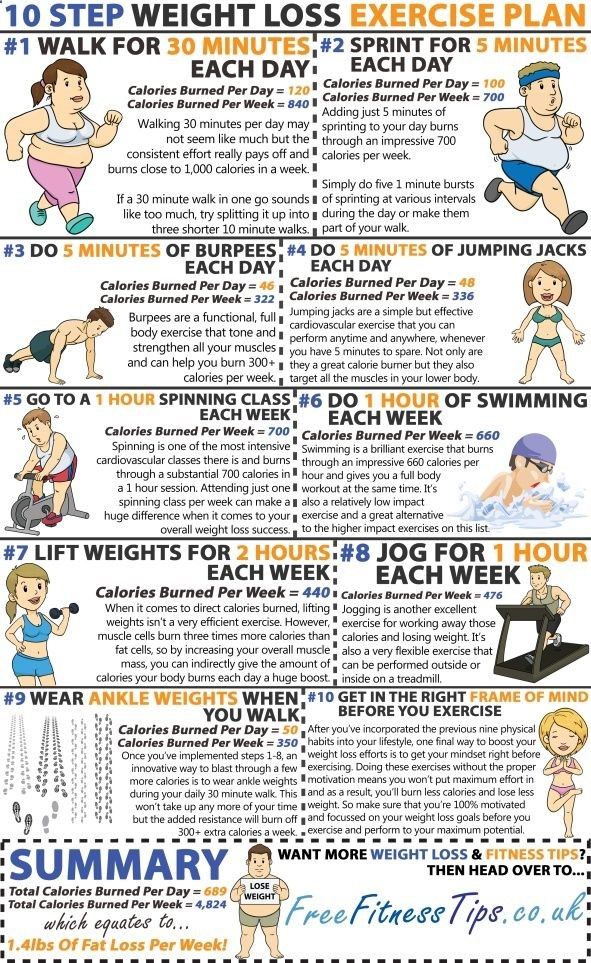
Playing in the park or swimming with your children shows them being active is fun, and it's a great way for you all to spend time together.
Any changes you make to your child's diet and lifestyle are much more likely to be accepted if the changes are small and involve the whole family.
Physical activity also may be more appealing to your child if you do something as a family.
Find sports and activities to do
Easy ways to eat well and move move
Get active
All children should be doing physical activity every day for good health, but it doesn't need to be all at once.
Several short 10-minute, or even 5-minute, bursts of activity throughout the day can be just as good as an hour-long stretch.
For younger children, it can take the form of active play, such as ball games, chasing games like "it" and "tag", riding a scooter, and using playground swings, climbing frames and see-saws.
For older children it could include riding a bike, skateboarding, walking to school, skipping, swimming, dancing and martial arts.
Walking or cycling short distances instead of using the car or bus is a great way to be active together as a family. And you'll save money, too.
Find out the amount and types of physical activity recommended for under-5s
Find out the amount and types of physical activity recommended for children and young people aged 5 to 18
Join Better Health to get free regular emails with healthy eating tips, easy recipes, fun activities and more.
Child-size portions
Try to avoid feeding your child oversized portions. There's very little official guidance on precisely how much food children require, so you'll need to use your own judgement.
A good rule of thumb is to start meals with small servings and let your child ask for more if they're still hungry.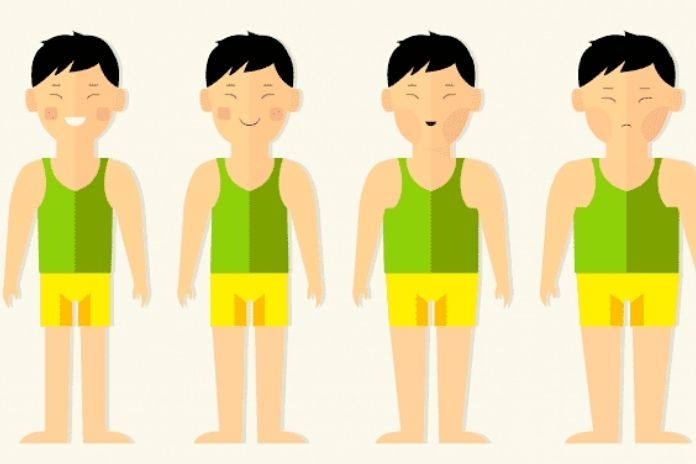
Try not to make your child finish everything on the plate or eat more than they want to.
And avoid using adult-size plates for younger children as it encourages them to eat oversized portions.
It may also help if you encourage your child to eat slowly and have set mealtimes. You can use mealtimes as an opportunity to catch up on what's happened during the day.
Explain to your child how to get the balance of their diet right using The Eatwell Guide. It shows how much they should eat from each food group. Knowing the calorie content of foods can also be useful.
Read more about eating a balanced diet.
Find out more about understanding calories
Get ideas for healthy packed lunches
Eat healthy meals
Children, just like adults, should aim to eat 5 or more portions of fruit and vegetables every day. They're a great source of fibre and vitamins and minerals.
They're a great source of fibre and vitamins and minerals.
Getting 5 A Day shouldn't be too difficult. Almost all fruit and vegetables count towards your child's 5 A Day, including fresh, tinned, frozen and dried.
Juices, smoothies, beans and pulses also count.
Be aware that unsweetened 100% fruit juice, vegetable juice and smoothies can only ever count as a maximum of 1 portion of their 5 A Day.
For example, if they have 2 glasses of fruit juice and a smoothie in 1 day, that still only counts as 1 portion.
Their combined total of drinks from fruit juice, vegetable juice and smoothies shouldn't be more than 150ml a day, which is a small glass.
For example, if they have 150ml of orange juice and a 150ml smoothie in 1 day, they'll have exceeded the recommendation by 150ml.
When fruit is blended or juiced, it releases the sugars, which increases the risk of tooth decay.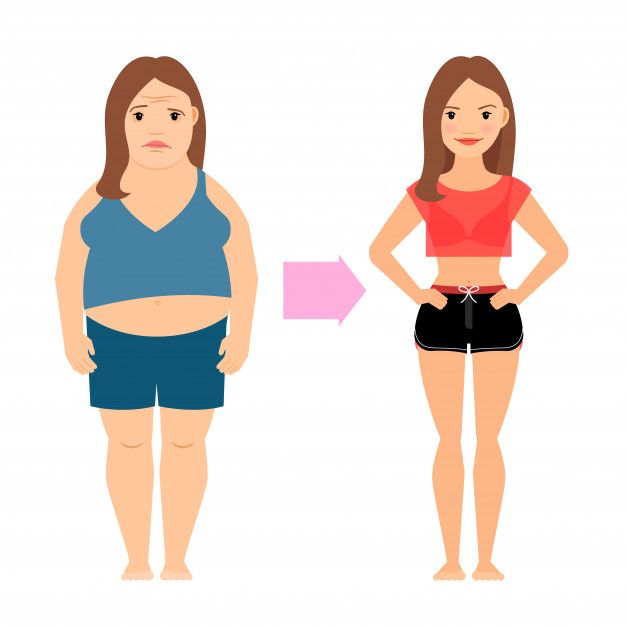 So it's best to drink fruit juice or smoothies at mealtimes.
So it's best to drink fruit juice or smoothies at mealtimes.
Discourage your child from having sugary or high-fat foods like sweets, cakes, biscuits, sugary cereals, and sugar-sweetened soft and fizzy drinks. These foods and drinks tend to be high in calories and low in nutrients.
Aim for your child to get most of their calories from healthier foods like fruits and vegetables, and starchy, carbohydrate foods like bread, potatoes, pasta and rice (preferably wholemeal). And switch sweetened soft drinks for water.
Find out about healthy drinks for babies and young children
Find out how to eat less saturated fat
Learn the facts about sugar
Less screen time and more sleep
Alongside the advice to get them moving more is the need to reduce the time children spend sitting or lying down in the day.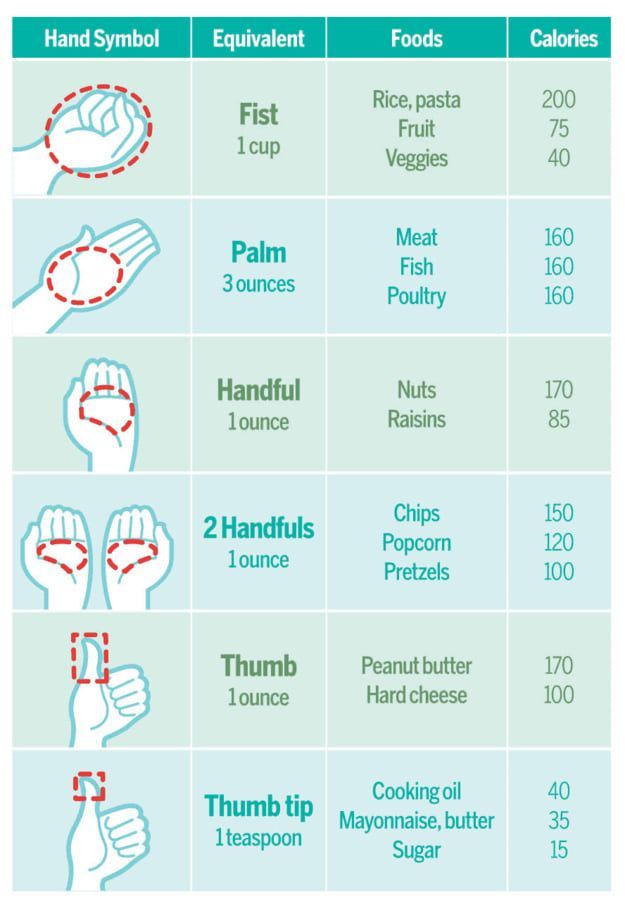
Help your children avoid sitting and lying around too much, as this makes them more likely to put on weight.
Limit the time they spend on inactive pastimes like watching TV, playing video games and playing on electronic devices.
And remove all screens (including mobile phones) from their bedroom at night.
It also helps children stay trim if they sleep well. It's been shown that children who don't have the recommended amount of sleep are more likely to be overweight.
The less children sleep, the greater the risk of them becoming obese. Lack of sleep can also affect their mood and behaviour.
Weight Loss Programs and Recommendations for Overweight Children
Written by Sharon Liao
If your child is overweight or obese, helping them get to a healthy weight is one of the best things you can do for them now and in the future. But what’s the right way to do it? That usually depends on your child’s age.
But what’s the right way to do it? That usually depends on your child’s age.
There’s no single number on the scale that all kids must reach to be healthy. The right range depends on how tall they are, their gender, and their age. In fact, many children shouldn’t actually lose weight -- they should just maintain it as they grow taller or put on pounds more slowly. But if they have more severe obesity, espeically if they have obesity-related health conditions, your child's pediatrician may make a different recommendation.
How can you tell if your child needs to slim down? Talk to their health care provider. They can help you come up with a safe plan. Also, some expert advice may help you know what to focus on to help your child reach a healthy weight, no matter their age.
Ages 1 to 6
Goal: In most cases, kids at these ages should stay at the same weight or gain it at a slower rate. If the child has more severe obesity, their doctor may have other advice.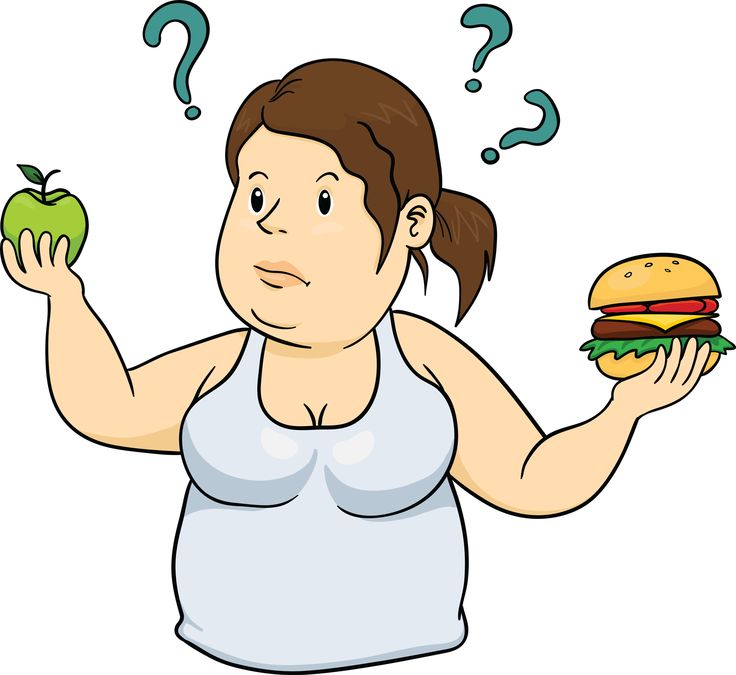
What you can do: When kids are very young, you’re in charge of their routine. Make sure your child’s day includes plenty of time -- at least 60 minutes -- to be active, whether it’s climbing the jungle gym at the park, playing tag in the backyard, or jumping around in the living room. They don’t have to get their exercise all at once. Short bursts of activity throughout the day that add up to an hour are just fine.
At meal and snack times, offer them a variety of nutritious choices. Your child -- and the whole family -- can eat healthier with a few simple steps:
- Cut back on processed and fast foods. They tend to be higher in calories and fat. Instead, fill your child’s plate with fruits and vegetables, and trade white bread, rice, and pasta for their whole-grain versions. They have fiber, which can help your child feel full for longer. If your kid isn’t a fan of these changes at first, don’t give up. Research shows that children are more likely to eat something after they’ve seen it on their plates a few times.
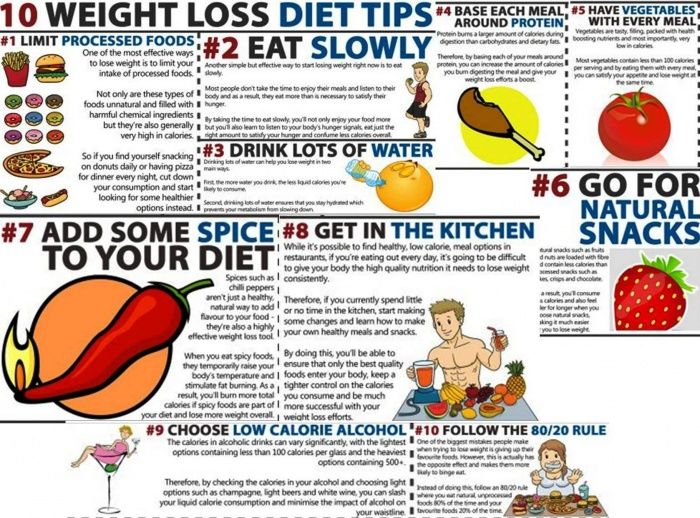
- Don’t serve sugary drinks. Swap soda, juice, and sports drinks for water and skim or low-fat milk.
- Encourage good eating habits. Three meals and two snacks a day can keep your child from getting too hungry, which make them less likely to overeat.
- Make small changes. Overhauling your family’s diet all at once can leave your child upset or confused. Start with a few changes each week. “Talk with your child about the choices you make,” says Mollie Greves Grow, MD, a pediatrician at Seattle Children’s Hospital. Explain that some foods give them more energy to play.
Ages 7 to 10
Goal: In most cases, stay at the same weight or gain it at a slower rate. But if the child has more severe obesity, your child's doctor may make another recommendation.
What you can do: Kids at these ages have opinions of their own. But they still need help from parents. Now’s the time to give your child the tools and lessons they need to make healthy choices throughout life. The following strategies can help:
The following strategies can help:
- Stock your kitchen with nutritious foods. By now, kids can help themselves to snacks. You can make healthy choices easier for them by keeping junk food out of the house. “It’s easier for your child to make the right choice when they’re deciding between an apple or banana instead of an apple or cookie,” says George Datto, MD, chief of the pediatric weight management division at Nemours/Alfred I. duPont Hospital for Children.
And it probably won’t work to simply declare those treats off-limits: Research shows that restricting foods may make your kid want to eat them even more. - Set ground rules for TV and computer time. The time kids spend sitting in front of a screen is time that they aren’t being active. When that becomes a habit, it leads to weight gain. Make sure your child knows that they only have a set amount of time to use the TV, smartphone, video games, or computer.
When screen time is over, encourage them to get up and play. Kids at this age need the same amount of exercise as younger children -- a total of 60 minutes throughout the day. That could mean riding their bike, going swimming, or playing catch or basketball.
Kids at this age need the same amount of exercise as younger children -- a total of 60 minutes throughout the day. That could mean riding their bike, going swimming, or playing catch or basketball. - Get them in the kitchen. It’s a good time to teach them about healthy eating, Grow says. Let them help plan your menu, shop for groceries, and cook meals. Chances are they’ll be more excited about a wholesome meal if they’ve had a say in preparing it.
- Get the entire family on board. You don’t want your child to feel singled out because of their weight. Talk with the whole family about the importance of healthy choices. And remember: Children copy their parents’ habits. That means if you want your child to eat more veggies or get more exercise, you need to do it, too.
Ages 11 to 17
Goal: Many kids need to stay at the same weight or gain it at a slower rate as they grow taller. After puberty, your child may be able to lose up to 1 or 2 pounds a week.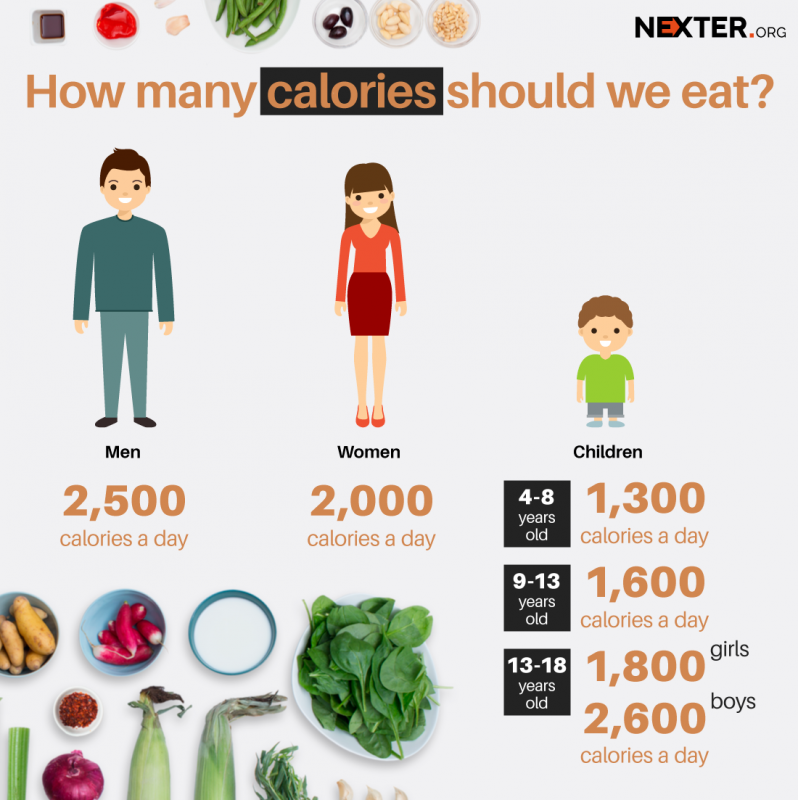 Speak with their doctor to decide what’s right for them.
Speak with their doctor to decide what’s right for them.
- What you can do: Preteens and teens are old enough to make decisions about their own health. But your guidance still matters. Work together with your child to help them make smart choices. Even better? Make a plan to get the entire family on the right track with food, exercise, and less screen use.
- Make health the goal. The wrong comments about your child’s weight can harm their self-esteem. Take the focus off of weight loss. “The conversation should be about being healthy and active,” not about getting to a specific size or number on the scale, says Natalie Muth, MD, a pediatrician and registered dietitian.
- Keep up family mealtimes. Teens have busy schedules. But it’s important to sit down to eat as a family as often as you can. One study found that kids who had family mealtimes at least three times a week were 24% more likely to eat healthy foods than those who didn’t.

- Offer support. If your child says that they want to slim down, it’s important to understand their motivation. Are other kids bullying them about their size?Are they trying to model a celebrity’s physique? Those are not good reasons to try to lose weight. Make sure they understand that looks aren’t the important part -- it’s about making healthy choices so they have the energy to move and think.
Then, you can talk about specific ways to support them, like keeping junk food out of the house or planning a family walk or bike ride each evening.
Does your child want to try a weight loss plan? Some programs are tailored for older kids. They may be safe and helpful, but always speak with your child’s doctor before they start a plan of their own. - Encourage them to get moving. Like younger kids, preteens and teens need an hour of physical activity every day. They don’t have to tackle it all at once -- shorter sessions throughout the day work just as well.
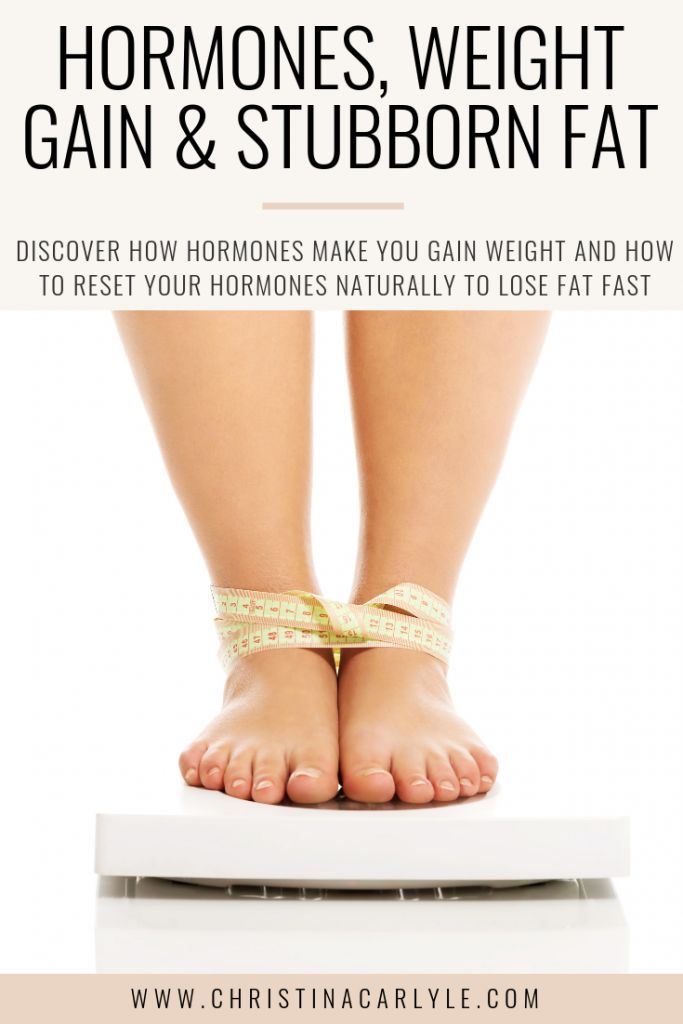 At this age, they probably aren’t as interested in running around at the playground. “Help them find a type of exercise they enjoy, such as dance or a certain sport,” Muth says.
At this age, they probably aren’t as interested in running around at the playground. “Help them find a type of exercise they enjoy, such as dance or a certain sport,” Muth says.
Remember that more time moving will probably mean spending less time with video games or smartphones. Help your teen keep their screen use to a minimum. One great way: Put your own devices away and get active together.
How to help a child lose weight correctly and without harm to health?
January 3, 2020
November 28, 2022
5 minutes
2027
ProWellness
Contents
- Causes of excess weight in a child
- Why is excess weight harmful in childhood?
- How to lose weight in childhood?
- Children under three years of age
- Preschoolers, primary school age
- Adolescents
- Ground rules
- Featured Products
Disclaimer
Please note that all information posted on the site Prowellness is provided for informational purposes only and is not a personal program, a direct recommendation for action, or medical advice.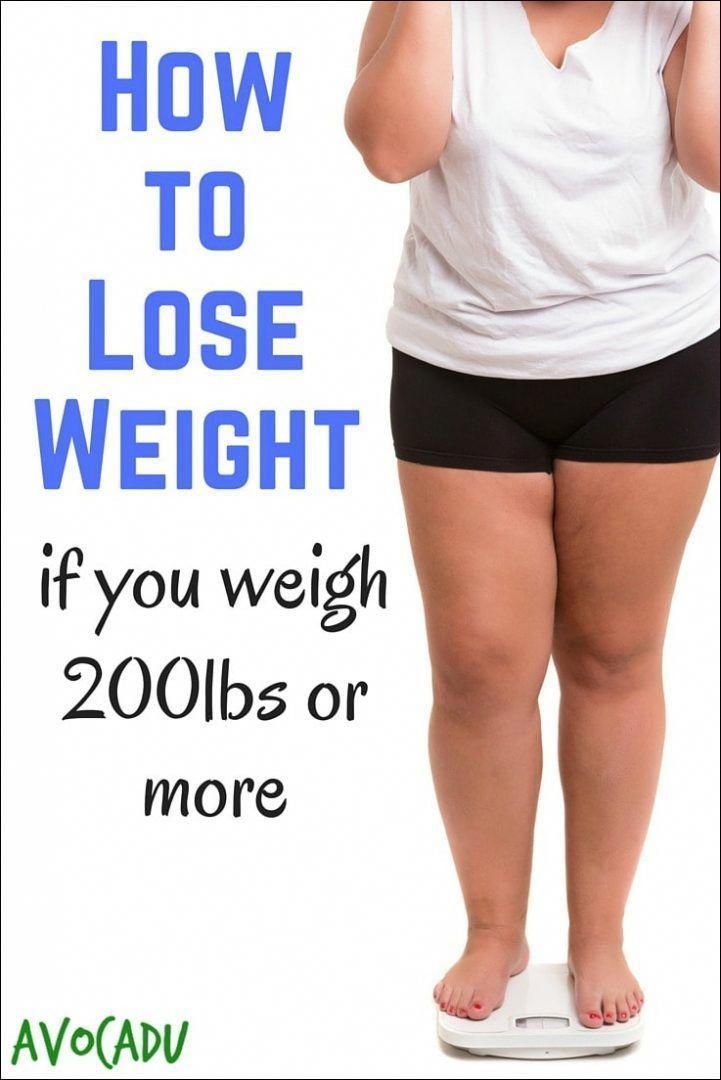 Do not use these materials for diagnosis, treatment, or any medical procedure. Consult your physician before using any technique or using any product. This site is not a specialized medical portal and does not replace the professional advice of a specialist. The Site Owner is not liable to any party who has suffered indirect or direct damage as a result of misuse of materials posted on this resource. nine0003
Do not use these materials for diagnosis, treatment, or any medical procedure. Consult your physician before using any technique or using any product. This site is not a specialized medical portal and does not replace the professional advice of a specialist. The Site Owner is not liable to any party who has suffered indirect or direct damage as a result of misuse of materials posted on this resource. nine0003
How to help a child lose weight correctly and without harm to health?
Adults and children are often overweight. The child grows and develops, so you can not put him on a strict diet and use fasting. Reducing weight, it is important not to stop the development, not to harm the growing, fragile organism.
Causes of excess weight in a child
First you need to find the cause of the problem. There are several factors that affect the appearance of overweight in children: nine0003
- Wrong attitude towards food.
 Often, mothers feed their children themselves, believing that a good appetite is a sign of health. Eat well - here's a supplement for you. Infant fatness at a certain age is a problem.
Often, mothers feed their children themselves, believing that a good appetite is a sign of health. Eat well - here's a supplement for you. Infant fatness at a certain age is a problem. - Sedentary lifestyle. Modern children, instead of outdoor games, sit near the computer, play gadgets, parents encourage this. Lack of movement leads to weight gain.
- Heredity. Full parents from the first days should take care of the baby's weight, paying special attention to this. For example, you should reduce the consumption of sugar-containing foods: sweet carbonated drinks, ice cream, chocolate, sweets, lollipops. You should also reduce the proportion of foods with hidden sugar: fat-free yogurt and regular yogurt, cottage cheese mass or cheese curds, tomato sauces or ketchups, mayonnaise, instant cereals, sausages and sausages, cereals, muesli, granola, muesli bars and protein bars. Eating habits are laid down in early childhood, up to 5 years, so it is important to monitor the child's diet.
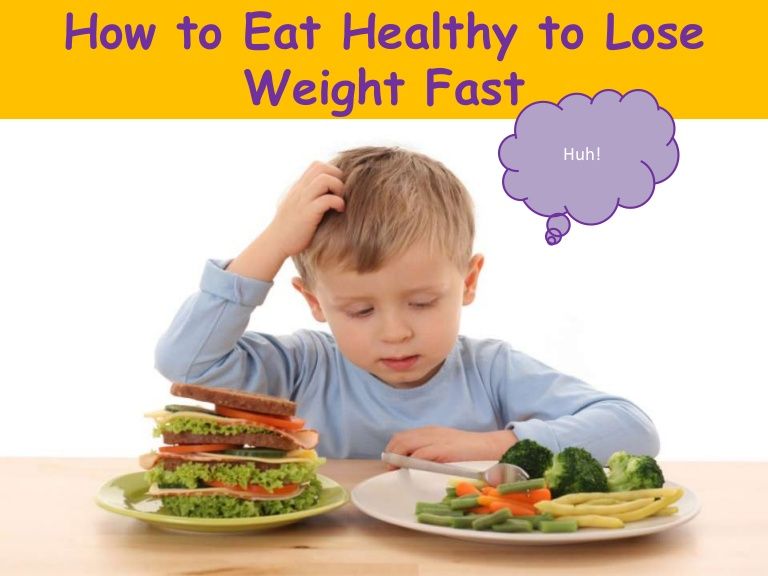 nine0016
nine0016
Attention! Are several causes of excess weight combined at once? The child is at risk of obesity.
Why is excess weight harmful in childhood?
If the child is overweight, the following problems threaten:
- Deformation of a fragile spine.
- Early heart problems - just can't handle the load.
- Metabolic disorders - the pancreas cannot cope with its work, there is a risk of diabetes mellitus, which can manifest itself not only in childhood, but also many years later in adulthood. nine0016
- Complexes. Psychologically, the teenager will be uncomfortable, because in the team they often laugh at the overweight, which can lead to bullying of the child, the so-called school bullying. An inferiority complex develops, which can remain in adulthood.
Introducing a tasty treat that will become an additional source of vitamins for your child - Ditops Fruit Chewable Tablets with Vitamins A, C and D. Three main vitamins for every day in a convenient form will be good helpers for strengthening the immune system and the growth of the child. nine0003
Three main vitamins for every day in a convenient form will be good helpers for strengthening the immune system and the growth of the child. nine0003
Attention! You can determine excess weight by appearance, body index, or simply by showing the child to the doctor.
How to lose weight in childhood?
Different weight loss methods have been developed for children of different ages. It is important for parents to follow the recommendations in order not to start the problem.
Children under three years old
It is necessary to consult a pediatrician. More often the reason lies in an endocrine disorder or overeating. nine0033 It is enough to balance the diet, check the functioning of the endocrine system.
Preschool children, primary school age
It is difficult to control nutrition here, since the child eats more often outside the home. At home, more and more often, an “independent” baby begins to pull food from the parent’s table into his mouth. Either the whole family will have to switch to a healthy diet or control the child.
At home, more and more often, an “independent” baby begins to pull food from the parent’s table into his mouth. Either the whole family will have to switch to a healthy diet or control the child.
Teenagers
Some see the problem themselves, try to go on a diet. Sometimes they go to extremes, up to a hunger strike. This negatively affects health. nine0003
Attention! Excess weight can occur due to hormonal failure that occurs during adolescence.
Basic rules
In order for a child to lose weight, it is important to follow a few rules:
- Eliminate all fast carbohydrates and fats from your daily diet.
- Limit high-calorie foods.
- Increase the menu of dairy products, vegetables, fruits, fish. nine0015 You can take dietary supplements containing omega-3 fatty acids, vitamins, calcium, iodine. If they are not enough in the usual food of the child, then this can lead to an increased need for food, as the body tries to make up for their deficiency.
- Meals should be frequent and small.
- Exclude fast food completely.
- To rid the child of the habit of constantly snacking on something. Computer lovers are especially affected by this.
- Increase activity and exercise. Send the child to the sports section. nine0016
To normalize the functioning of the digestive system, we recommend using herbal tea from wild herbs No. 5 (Comfortable digestion) - Baikal Tea Collection with chamomile, Kuril tea, plantain and volushka. This herbal drink helps to find comfort and ease in the stomach.
As a substitute for fast food, you can use Natural gummies (orange) - Yoo Go without sugar. In each marmalade - the maximum benefit of turmeric and orange. Curcumin helps to gain harmony, normalize appetite and provide antioxidant protection. Isomalt and orange soy provide natural sweetness, and isomalt is also a prebiotic and helps nourish the intestinal microflora.
 nine0003
nine0003

Sometimes it is better to be an example to your child. But it is important that he does not skip meals, does not go on hunger strikes. Remember, in the pursuit of harmony, you can lose your health. Only reasonable and competent actions are needed.
Disclaimer
Please note that all information posted on the site Prowellness is provided for informational purposes only and is not a personal program, a direct recommendation for action, or medical advice. Do not use these materials for diagnosis, treatment, or any medical procedure. Consult your physician before using any technique or using any product. This site is not a specialized medical portal and does not replace the professional advice of a specialist. The Site Owner is not liable to any party who has suffered indirect or direct damage as a result of misuse of materials posted on this resource. nine0003
Expert: Elagina Maria Business Profi of Siberian Wellness and nutritionist in cosmetics
Reviewer: Ekaterina Vorobieva Adept of a healthy and active lifestyle
Read other articles on similar topics
Rate the article
(41 votes, average 4)
Share the article
doctor's advice for parents - Into-Sana
How to lose weight for a child? Why do children gain weight? What are the dangers of being overweight and childhood obesity? These questions are answered by the pediatrician of the first category, the pediatric gastroenterologist of the Into-Sana medical centers, Polischuk Tatiana Sergeevna, from the portal The only one.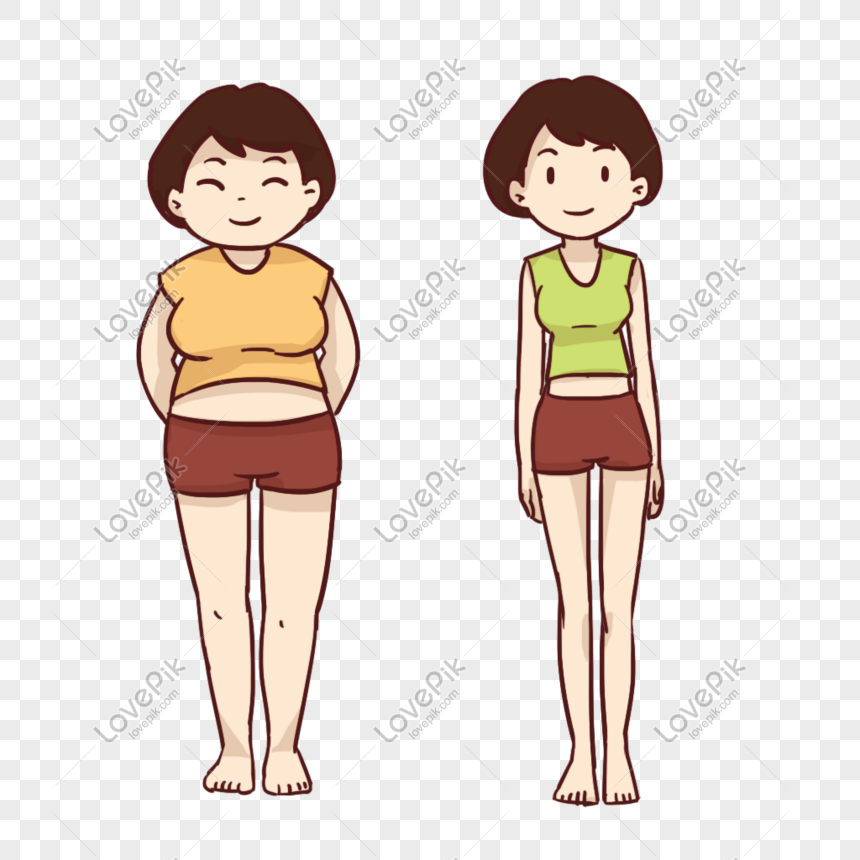
How to lose weight for a child: child weight norms
Parents should definitely know that the most intensive accumulation of fat occurs in infants under 1 year old, at the age of 5-7 years, in adolescents 12-17 years old. Moreover, only 1% of children are overweight due to genetic or endocrine pathology. nine0003
All other cases of obesity in children are associated with excessive intake of food in the body or with an unbalanced diet, in other words, with overeating, or with an incorrect sedentary lifestyle.
By the age of 6 months, the baby should double its initial weight, by 12 months - triple. After a year, children gain about 2 kg per year (up to 5 years). At the age of 5, the average weight is 18-22 kg, at 10 years old 28-34 kg, at 12 years old 36-45 kg. An approximate calculation of the body weight of a child from 2 to 5 years old can be carried out according to the following formula: M \u003d 10 + 2n, where n is the child's age in years.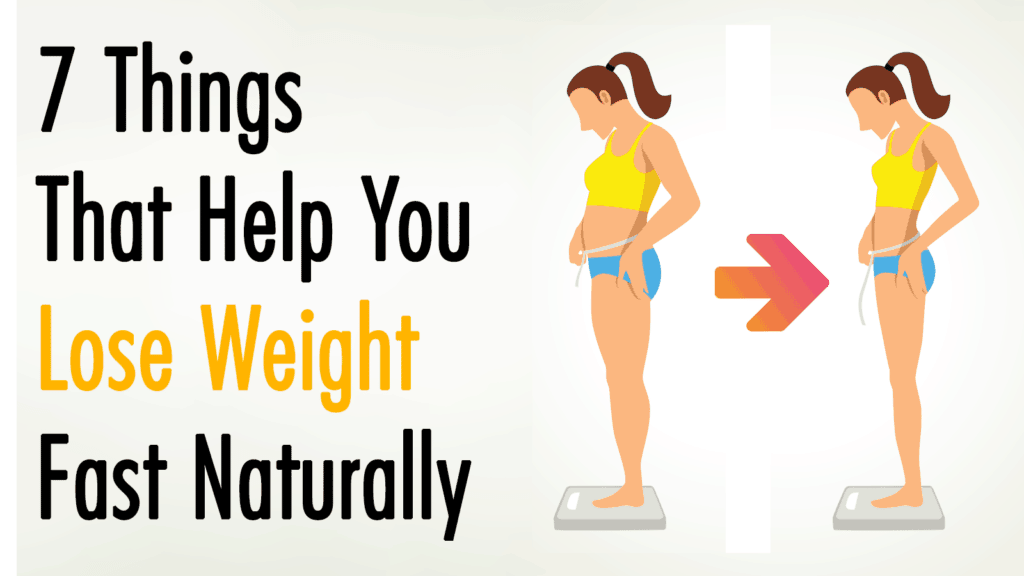 nine0003
nine0003
After 10 years, the annual increase is 4 kg, the formula for the calculation will be: M = 30 + 4 (n-10), where 30 is the average weight of a child at 10 years old, n is the age of the child. Pediatricians have special tables for assessing the weight and height of the child.
Obesity has long been recognized as a disease. In medicine, obesity (overnutrition) is defined as a chronic disease characterized by generalized excessive accumulation of fat in the subcutaneous tissue and other tissues of the body, weight gain, and metabolic disorders. nine0003
Why are doctors so worried when a child gains weight?
Yes, because if appropriate measures to normalize weight are not taken in time, it can come into adulthood with a whole range of serious illnesses: high blood pressure, disruption of the nervous and cardiovascular systems, diabetes mellitus, fatty degeneration of the liver, cholelithiasis , pathology of the reproductive system.
Obesity occurs when caloric intake exceeds energy expenditure. The most important factor in the increase in the incidence of obesity is the consumption of high-fat foods, as well as a rich diet high in digestible carbohydrates, especially in the evening. It is difficult to deny that today the decrease in physical activity is rapidly progressing: children spend more and more time in front of the TV, at the computer, less and less prefer walking and outdoor games. nine0003
The most important factor in the increase in the incidence of obesity is the consumption of high-fat foods, as well as a rich diet high in digestible carbohydrates, especially in the evening. It is difficult to deny that today the decrease in physical activity is rapidly progressing: children spend more and more time in front of the TV, at the computer, less and less prefer walking and outdoor games. nine0003
How to lose weight for a child: top tips
The first and most difficult step for parents is to admit that their child is overweight. If parents are aware of the fact that a child needs help with weight loss, this is already half the battle on the road to success. The second point is the realization that the fight against obesity is a long process, psychologically difficult for the child and his family members.
Food for a child can be, first of all, a source of pleasure, a way of avoiding problems at school or in the family, "jamming" complexes - as a result, the development of overweight, obesity, diabetes, etc.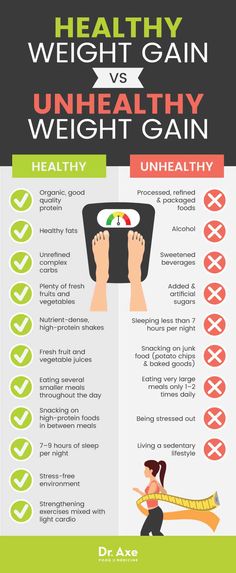 And here it can be difficult for parents to understand the essence of the problem. Psychologists and psychotherapists will come to the rescue. nine0003
And here it can be difficult for parents to understand the essence of the problem. Psychologists and psychotherapists will come to the rescue. nine0003
It is not an easy task for parents to explain to a child why it is necessary to change his eating habits. By no means can it be said that his diet has changed because he is fat. When telling your child about food, explain that we owe our well-being and health to the foods we eat, that food should be healthy and complete.
As a rule, children of overweight parents become overweight due to "inheritance" of eating habits. It is in the family that we get used to eating this way and not otherwise. Have you ever wondered where sweets, cakes, cookies come from in your house? That's right, you bought it yourself. nine0003
The habit of buying “something sweet for tea” takes root very quickly, but this is definitely not a tradition that will bring peace and harmony to the family. Try instead of sweets to buy more fruits, vegetables, greens, fish, natural meat.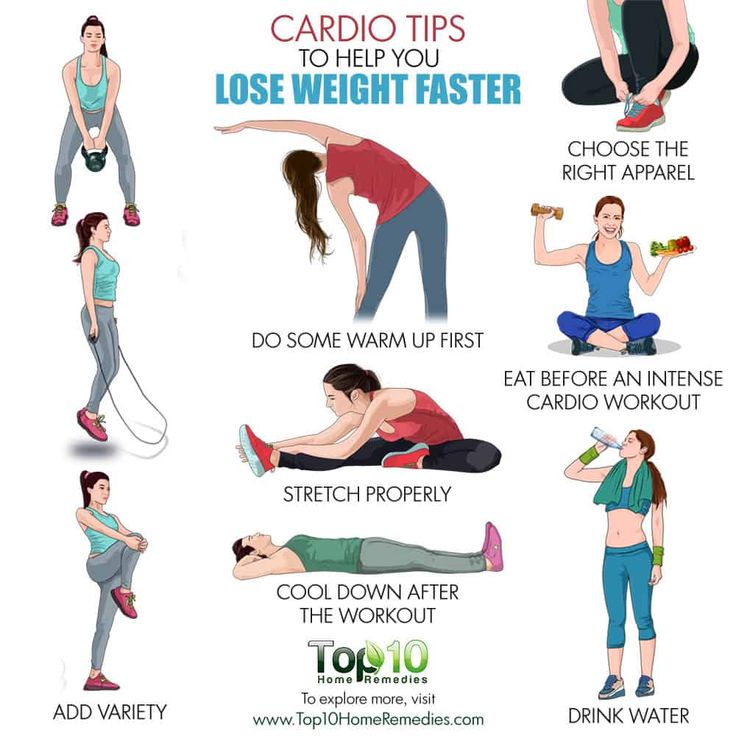
Avoid when buying sausages, sausages, mayonnaise, convenience foods. And for cooking, try to use methods without adding fat - do not fry, but bake or use stewing, boil, steam. Do not allow the child to eat in front of the TV, while reading a book: if he is carried away, he will eat much more; prohibit the use of chips, nuts, popcorn, chocolate and waffle bars. The whole family needs to eat right. Many people have to change their eating habits. Limit the use of bakery products, pasta, dumplings, jams for the whole family, exclude semolina. nine0003
Lean meats, lean fish, eggs, dairy products (preferably in the form of fermented milk drinks, cottage cheese) must be included in the diet. And for tea you can buy dried fruits - raisins, dried apricots, prunes. The main thing when a child follows a low-calorie diet is the support of all family members, a favorable attitude, encouragement and faith in a good result.
Remember that the only way to correct primary obesity is to reduce caloric intake and increase physical activity.